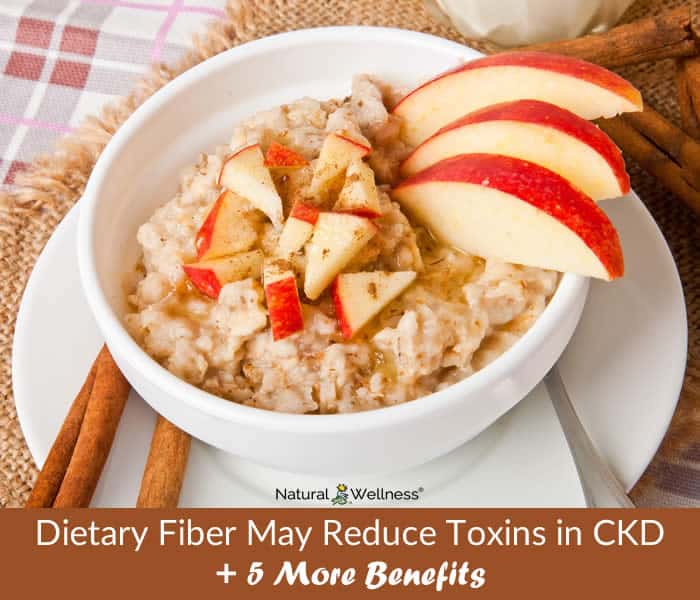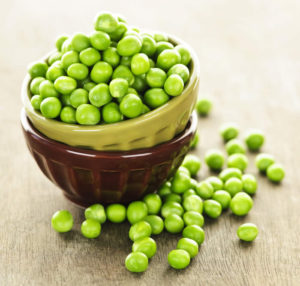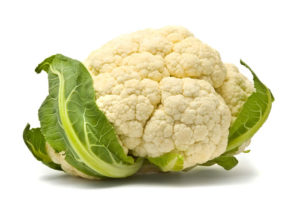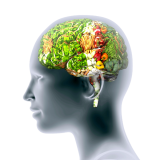

Getting fiber in your diet is a pretty simple task. Regardless, it’s believed about 95% of American adults and children do not consume the recommended daily amounts of fiber. (1)
Fiber is considered “roughage” because your body can’t digest or absorb it.
Here’s why you want to be part of the 5% that does meet their daily fiber needs.
How Fiber Can Impact CKD
With chronic kidney disease (CKD) your kidneys are damaged and can’t filter blood properly. The filtration process is important because it removes waste and excess fluid from the blood.
One non-traditional risk factor of CKD is the buildup of uremic toxins. These toxins are formed by amino acid (structural units that make up protein) fermentation in the gut, which is why many CKD patients not on dialysis are recommended to consume a low-protein diet. As uremic toxin levels increase, the damage to kidneys also increases. (2)
A recent meta-analysis published in the Journal of Renal Nutrition (3) found a link between eating fiber and the reduction of uremic toxins. Researchers compiled 10 randomized controlled trials that involved 292 patients with CKD.
It was found that dietary supplementation of fiber reduced the levels of:
- Indoxyl sulfate
- P-cresyl sulfate
- Blood urea nitrogen
- Uric acid
According to the team of researchers, only 30% of indoxyl sulfate and p-cresyl sulfate (both uremic toxins) are removed through dialysis. Increasing dietary fiber allows for another potential strategy to reduce the amount of uremic toxins being produced in CKD. (4)
It was also indicated that the dosage (less than or more than 20 g/day) and intervention time (less than or more than 8 weeks) did not have any significant differences. Therefore additional research should be conducted.
Where to Get Fiber
Fiber comes from portions of plants that our body cannot break down via digestive enzymes.
There are two common classifications of fiber: (5)
- Soluble fiber: This fiber dissolves in water and creates a gel-like material that helps lower cholesterol and blood glucose levels.
- Insoluble fiber: This type of fiber doesn’t dissolve in water, but helps other material move through your digestive tract and bulks up stools. This is helpful for individuals who deal with constipation.
Good sources of soluble fiber include:

- Oats
- Peas
- Beans
- Apples
- Citrus fruits
- Carrots
- Barley
While good sources of insoluble fiber include:

- Whole-wheat flour
- Wheat bran
- Nuts
- Cauliflower
- Green beans
- Potatoes
The Institute of Medicine recommends the following daily fiber intake for adults: (1)
- Men: ages 14 to 18 should eat 38 grams per day; age 50+ should eat 30
- Women: ages 14 to 18 should eat 25 grams per day; age 50+ should eat 21
Fiber consumption should be increased gradually and not boosted to your daily requirement right away. A fast increase in fiber can cause an upset stomach along with a day full of bathroom trips.
If you need assistance in digesting fiber or other hard-to-digest foods like dairy, grains, and legumes, consider trying Natural Wellness’s Digestive Enzymes.
5 More Benefits of a High-Fiber Diet
Along with the potential of improving uremic toxin levels in those with CKD, a diet high in fiber may also:
- Reduce cholesterol: A 2017 study (6) found that soluble fiber intake of about 3 g/day helped reduced LDL (“bad”) cholesterol by 10% and non-HDL cholesterol by 7%.
- Promote a healthy weight: Because many high fiber foods are plant-based and low in calories, it’s a great diet addition if you’re looking to maintain or lose weight. Fiber can also slow digestion down so that you feel full for a longer period of time.
- Keep your heart healthy: Since high cholesterol and too much belly fat can increase risk of heart disease, it’s no wonder your body will thank you for adding in fiber. Not only that but those eating a high fiber diet has been shown to decrease the likelihood of metabolic syndrome. (7)
- Promote blood sugar control: Eating sugary carbohydrate-rich foods can impact your blood sugar by causing it to spike shortly after eating. Eating foods that contain fiber can help to slow that spike due to its delayed digestion time. A 2018 meta-analysis (8) even found that high dietary fiber intake can help decrease the risk of type 2 diabetes.
- Reduce GI cancer risk: Colon cancer is the third most common cancer in the United States. A study from 2017 (9) found that individuals with early stage colon cancer who ate more fiber-rich foods had a 20% reduction in risk of dying from colon cancer and a 15% decreased risk of dying from any other cause.
Conclusion
The majority of Americans do not consume the recommended amount of fiber each day, although it’s easily found in many plant-based and whole-grain foods. Recent research indicates that dietary fiber may be beneficial in reducing uremic toxins that can build up from CKD. Fiber is also linked with cardiovascular benefits, blood sugar control, and even risk reduction of cancer.




